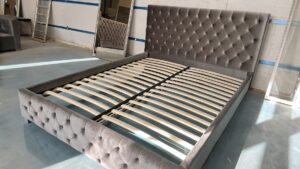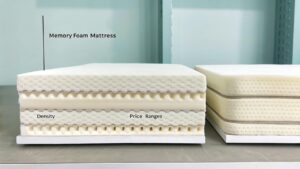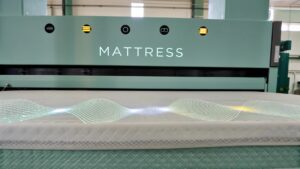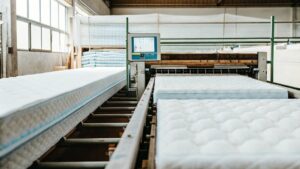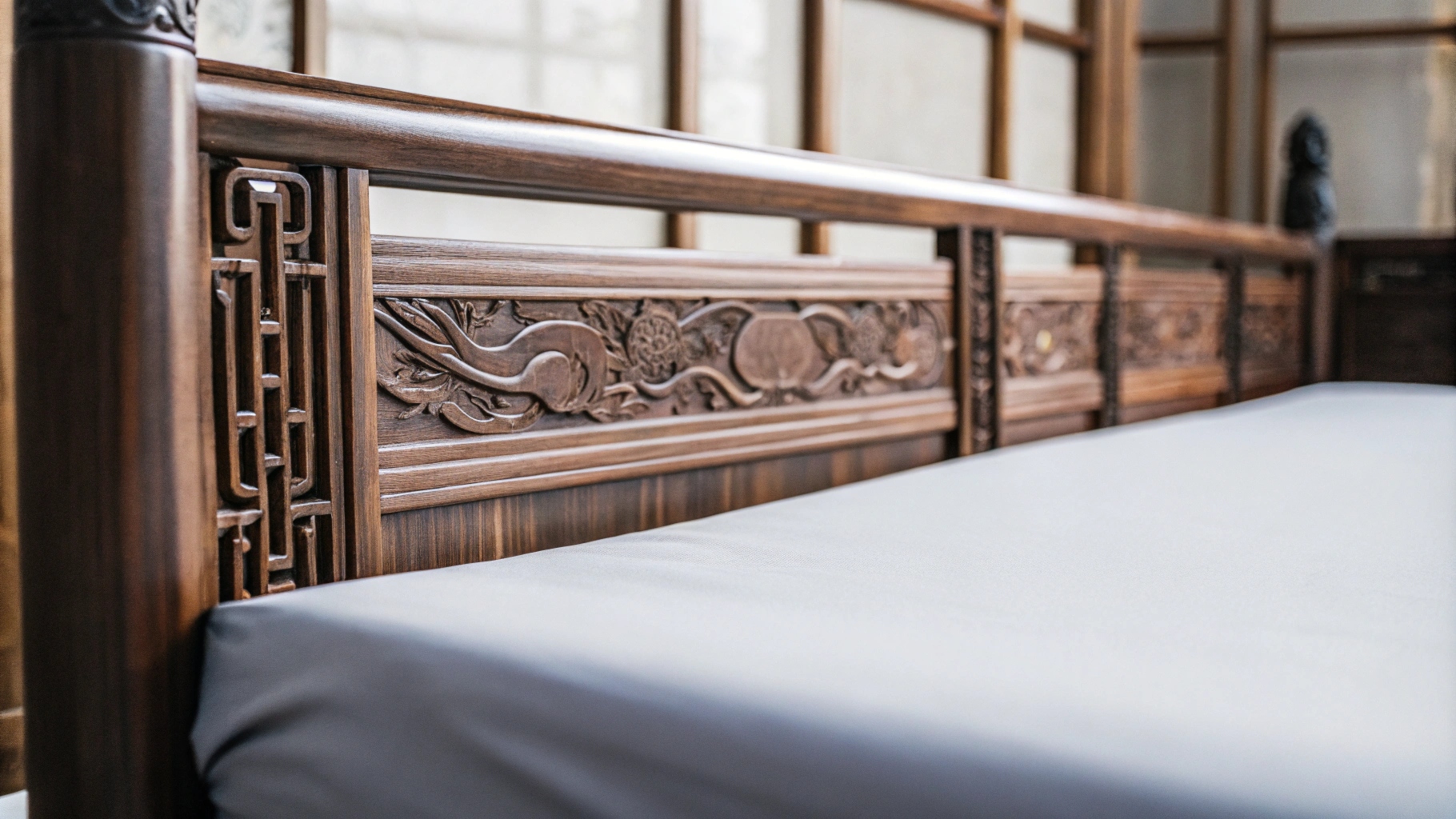
Chinese bed frames are celebrated for their exquisite craftsmanship and timeless designs. Understanding the materials used is key to appreciating their quality and cultural significance.
Chinese bed frames are primarily made of durable, beautiful hardwoods like Huanghuali, Yumu, and Jumu, offering unmatched elegance and longevity.
Discover the intricate world of Chinese furniture materials, from their historical roots to practical applications in modern furniture.
What makes Huanghuali the crown jewel among Chinese furniture materials?
Huanghuali, also known as "yellow flowering pear," is one of the most revered woods in Chinese furniture-making. Its rarity and unique aesthetic set it apart.
Huanghuali is prized for its stunning grain, golden hue, and durability, making it a luxury material in Chinese furniture.
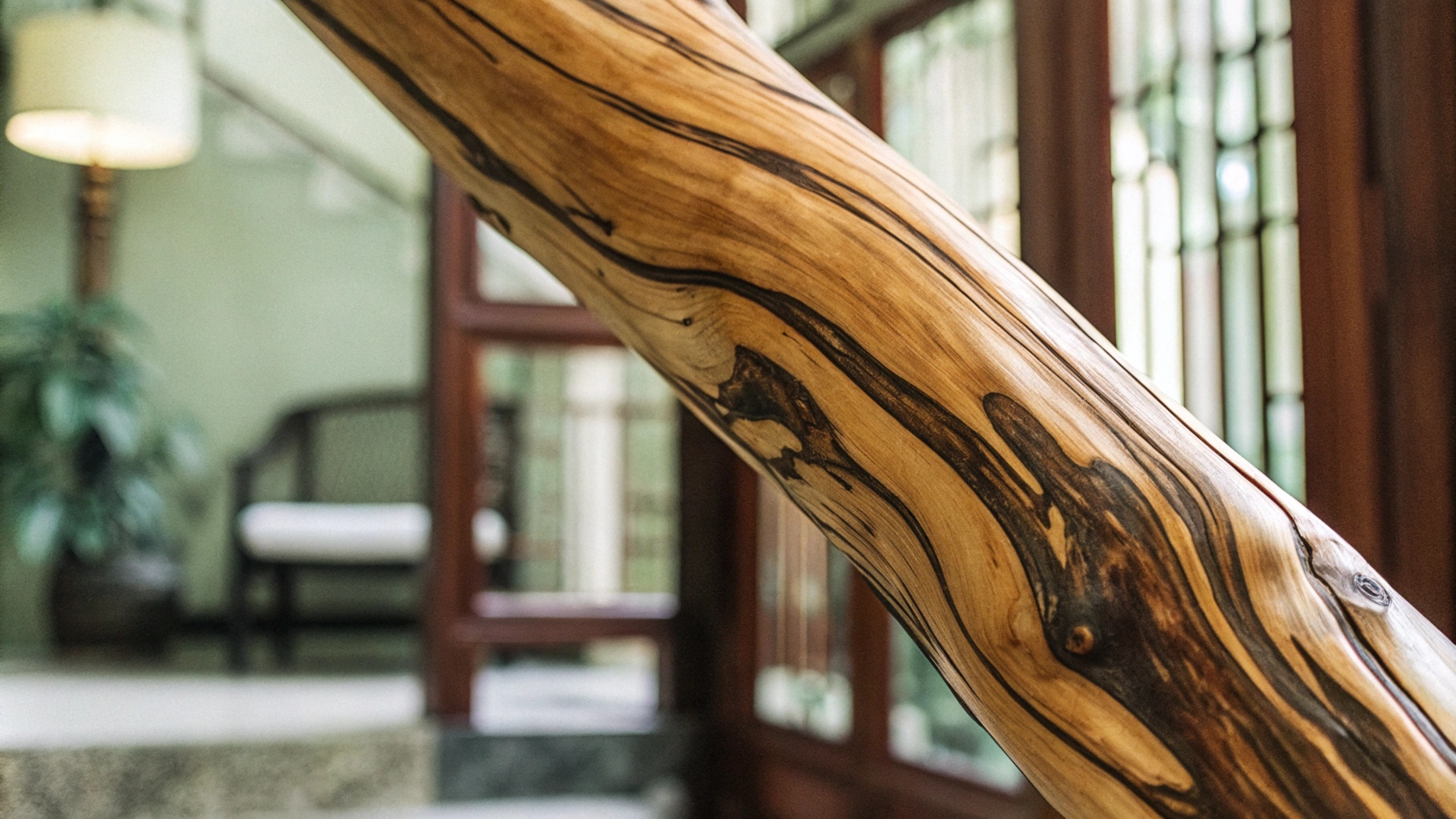
Why Huanghuali is Irreplaceable
Huanghuali furniture is a symbol of status and taste in traditional Chinese culture. The material offers:
- Exquisite Grain: Huanghuali wood features mesmerizing patterns that resemble natural landscapes, making each piece unique.
- Durability: Resistant to decay and pests, this wood ensures the furniture lasts for generations.
- Smooth Finish: Its fine texture allows for polished surfaces that shine without additional finishes.
Comparison Table: Huanghuali vs. Other Hardwoods
| Feature | Huanghuali | Rosewood | Teak |
|---|---|---|---|
| Grain Pattern | Unique, dramatic | Fine, consistent | Straight, uniform |
| Durability | Extremely durable | Highly durable | Durable |
| Price | Extremely high | Moderate-high | Moderate |
Huanghuali's limited availability further increases its desirability, making it the pinnacle of Chinese furniture-making materials.
How does the texture of Yumu compare to Jumu?
Yumu (elmwood) and Jumu (southern hardwood) are staples in Chinese bed frame construction. Their textures play a significant role in their applications.
Yumu is known for its flexibility and warm tones, while Jumu offers sturdiness with a smoother finish.
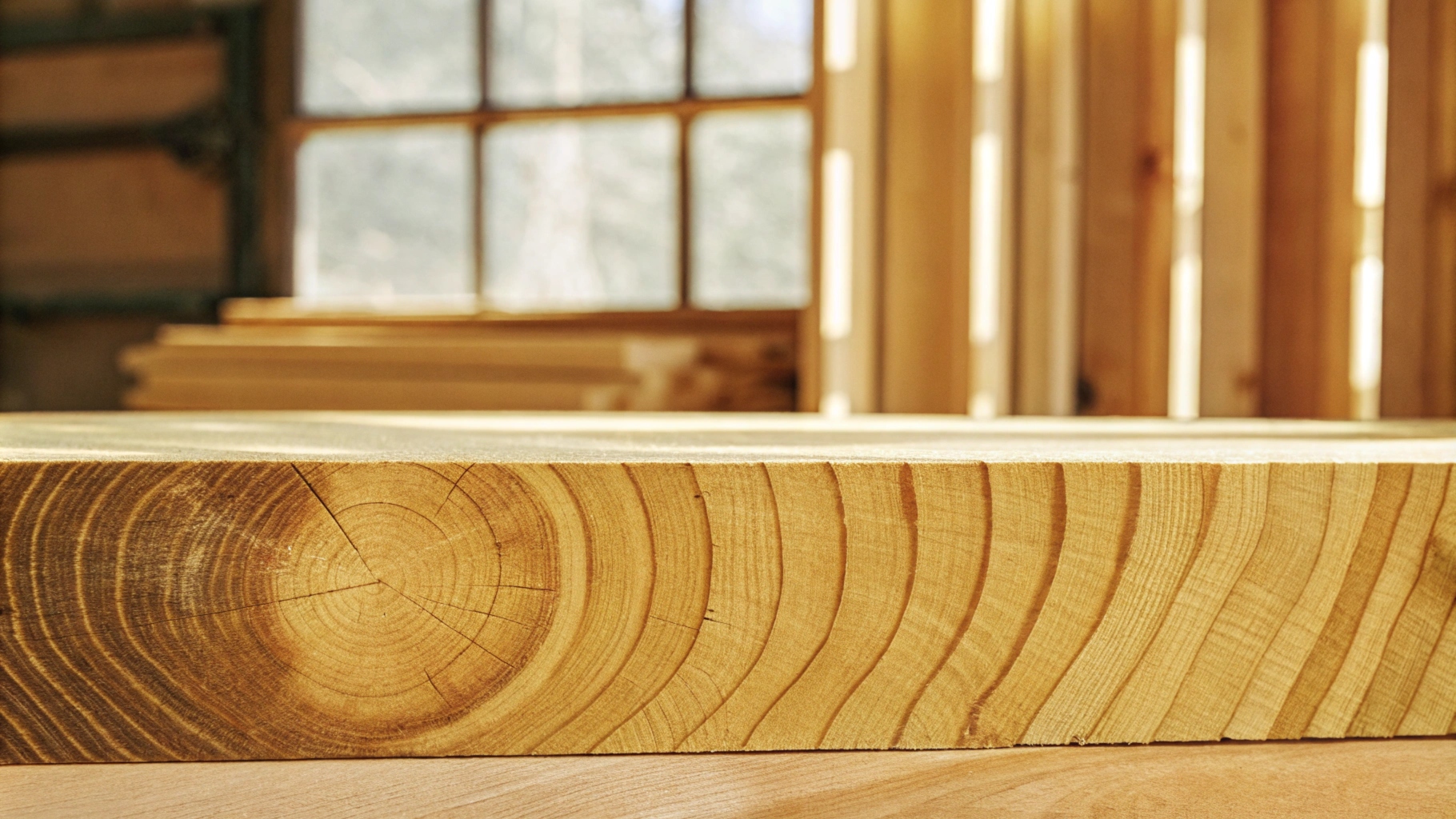
Dive Deeper: Texture and Practicality
- Yumu: Valued for its interlocking grain and ability to bend without breaking. Perfect for intricate carvings and curved designs.
- Jumu: Known for its dense, straight grain. Common in frames requiring stability and precision.
Key Uses of Yumu and Jumu in Furniture
| Material | Primary Use | Key Feature | Typical Application |
|---|---|---|---|
| Yumu | Curved designs | Flexibility | Traditional beds |
| Jumu | Structural parts | Sturdiness | Bed frames, cabinets |
Choosing between Yumu and Jumu depends on whether the design prioritizes aesthetic flexibility or structural integrity.
Why is Baimu preferred for architectural uses?
Baimu, or cypress wood, holds a special place in Chinese architecture and furniture due to its resilience and historical importance.
Baimu is naturally resistant to moisture and pests, making it ideal for outdoor furniture and architectural applications.
Dive Deeper: Endurance and Elegance
Cypress is symbolic of longevity in Chinese culture. It is commonly used in temples and ancestral halls, where durability is crucial. Its natural oils provide:
- Pest Resistance: Effective against termites and other wood-boring insects.
- Weather Tolerance: Capable of withstanding humidity and temperature variations.
- Aromatic Qualities: Emits a subtle fragrance that repels pests.
What are the unique features of Songmu in furniture-making?
Songmu, or pinewood, is a versatile and affordable material in Chinese furniture. Its light weight and workability make it popular among modern manufacturers.
Songmu stands out for its rustic appeal and affordability, commonly used in minimalist and practical designs.
Dive Deeper: Sustainability Meets Tradition
Pinewood has gained traction for its renewable nature. While softer than hardwoods, its ease of treatment makes it ideal for:
- Staining and Painting: Adapts well to finishes, enabling a range of colors and textures.
- Budget-Friendly Production: Widely available and cost-effective.
- Lightweight Construction: Easy to transport and assemble.
Modern consumers value Songmu for blending sustainability with tradition, aligning with global eco-conscious trends.
How does the scent of Zhangmu wood benefit furniture?
Zhangmu, also known as camphor wood, is valued for its distinctive fragrance. This aromatic wood serves both aesthetic and practical purposes.
The natural scent of Zhangmu deters pests and provides a calming atmosphere, making it ideal for storage furniture.
Dive Deeper: Practical and Cultural Appeal
The fragrant oils in camphor wood are a natural deterrent to moths, making it a popular choice for:
- Wardrobes and Chests: Keeps textiles free of insects.
- Beds and Frames: Adds an element of relaxation and well-being.
Cultural Significance of Zhangmu
Camphor wood is also linked to spiritual practices, often used in altar tables and ceremonial furniture.
What material is used for bed frames?
Chinese bed frames are typically crafted from hardwoods like Jumu, Yumu, and Songmu, as well as metals for modern designs.
Materials range from classic hardwoods like Jumu to innovative blends for durability and aesthetic appeal.
Dive Deeper: Modern vs. Traditional Materials
Traditional frames use natural woods for warmth and authenticity. Modern materials include:
- Steel: Adds contemporary style with exceptional strength.
- Engineered Woods: Combines cost-efficiency with versatility.
| Material | Durability | Style Compatibility | Cost |
|---|---|---|---|
| Hardwood | High | Traditional | High |
| Engineered Wood | Moderate | Modern | Low-Medium |
| Steel | Very High | Contemporary | Medium |
The choice depends on the desired balance of tradition, budget, and design.
What materials are used in Chinese furniture?
Chinese furniture encompasses a wide range of materials, from luxurious hardwoods to economical softwoods.
Chinese furniture often incorporates hardwoods like Huanghuali and Jumu, alongside versatile options like bamboo and Songmu.
Dive Deeper: The Blend of Heritage and Functionality
- Hardwoods: Known for longevity and intricate carving possibilities.
- Bamboo: Lightweight and sustainable, often used in contemporary designs.
- Softwoods: Affordable and easy to work with, ideal for mass production.
Chinese furniture reflects a balance between cultural heritage and modern practicality.
What are most bed frames made of?
Most bed frames are made from wood, metal, or engineered materials. The choice depends on style and functionality.
Wooden bed frames dominate for their elegance, while metal and engineered materials offer modern alternatives.
Dive Deeper: Exploring Common Options
- Wood: Preferred for its timeless charm and warmth.
- Metal: Ideal for minimalist, industrial designs.
- Engineered Materials: Provide budget-friendly durability and customization.
Each material caters to different customer preferences, ensuring a wide range of options.
What is the best material for a bed frame feng shui?
In feng shui, the material of a bed frame affects energy flow and harmony in a space.
Solid wood is considered the best material for bed frames in feng shui due to its natural and grounding energy.
Dive Deeper: Feng Shui and Material Choice
- Wood: Promotes stability and grounding energy, enhancing restful sleep.
- Metal: May interfere with chi flow, depending on placement.
- Fabric Upholstery: Adds softness and comfort but may require maintenance.
| Material | Feng Shui Benefits | Drawbacks |
|---|---|---|
| Solid Wood | Grounding energy | Higher cost |
| Metal | Modern aesthetics | Possible chi issues |
| Upholstery | Comfort | Maintenance |
Understanding feng shui principles can guide customers toward materials that enhance their living spaces.
Conclusion
Chinese bed frames showcase the richness of tradition and innovation in material choice, blending cultural heritage with modern needs.



